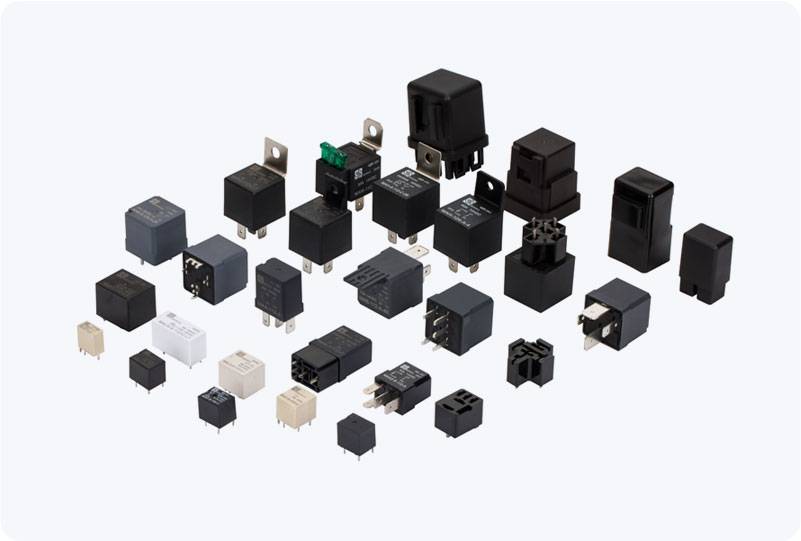automotive relay in extreme temperature: challenges and solutions
Release time:2025-10-25 21:30:31
Automotive relays play a crucial role in the electrical systems of modern vehicles. These small, yet powerful devices are responsible for controlling high-power circuits, such as the operation of windows, seats, and fans, without requiring direct handling of high current. However, one of the biggest challenges Automotive relays face is operating under extreme temperature conditions. Whether it’s the scorching heat under the hood or the bone-chilling cold of winter, extreme temperatures can significantly impact the performance, reliability, and longevity of Automotive relays. In this article, we will explore the challenges automotive relays encounter in extreme temperatures and the solutions that have been developed to ensure their reliable performance in harsh environments.

Challenges in Extreme Temperature Environments
High Temperature Effects High temperatures, often encountered in engine compartments, can have a number of negative effects on automotive relays. The materials used in the relay, such as the contacts, coils, and insulation, are susceptible to degradation when exposed to prolonged heat. For instance, high temperatures can cause the relay’s contact points to wear out more quickly due to increased arcing when switching high currents. This wear and tear can lead to increased resistance, unreliable operation, or even complete failure.
Additionally, heat can cause the plastic casing of the relay to warp or melt, potentially leading to short circuits or mechanical failure. The relay’s internal components, including springs and moving parts, may also be affected by thermal expansion. As the materials expand or contract, they may cause the relay to malfunction, either by causing internal friction or by preventing proper contact between the components.

